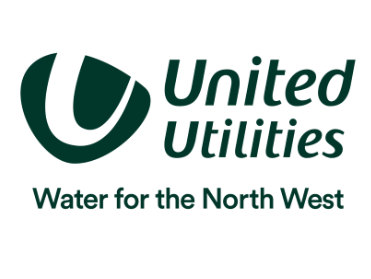A new study by Dr Atai Winkler of PAM Analytics shows how modelling the risk of pollution from wastewater pumping station sites using alarm data and asset maintenance data can help identify sites with high risks of pollution so that maintenance resources can be targeted to these sites.

The study involved in depth analysis and modelling of data for one year from pumps at 2,834 wastewater pumping station sites.
The models show that the main causes of pollution are attributable to asset failure resulting from the relatively small amounts of planned maintenance and reactive maintenance, particularly planned maintenance. Thus, the risk of pollution can be reduced significantly by carrying out planned maintenance at sites with high risks of pollution to help minimise the risk of asset failure. The models also show that sites with a history of pollution have higher risks of pollution. The output of the models is the risk of pollution at each site.
The models use predictive analytics rather than AI. It is far from obvious that AI could have been used in this study or more generally to model the risk of pollution from recorded data because of their quality and structure. In addition, the output of AI models is a single number - and numbers without context are of little value.
Since the models are not visible (they are ‘black box’), Dr. Winkler says AI cannot answer two fundamental questions, namely:
- Why does this site have a high risk of pollution? ‘
- How can I reduce the risk of pollution?
In contrast, predictive analytics models are visible and can therefore answer both questions. The predictive models described in the study show the factors that determine the risk of pollution and so allow users to gain insight and understanding into the causes of pollution.
The models could not be developed from the data supplied because they required extensive work to transform them to forms suitable for analysis and modelling. An idea of the extent of the work required can be gained from the fact that the alarm records file had 1,068,040 records, an average of one record every day at each site. The data had many problems but far and away the most critical problem was the presence of overlapping and nested records (described in detail in the full case study) − suffice to say that after transforming the data the actual number of unique alarm records was 59,586 (a 94.4% reduction).
Every maintenance database that PAM Analytics has worked with has had this major problem of overlapping and nested records - if it is not corrected advanced predictive analytics cannot be applied to the data.
PAM Analytics has developed software for deduping overlapping and nested records (commercial software that addresses the problem is not available). The software is very complex and the algorithms are highly iterative.
The conclusions from the study are in line with experience and practice. However, the predictive models developed in the study go further by identifying the factors that contribute to pollution and calculating the risk of pollution from each site so that maintenance resources can be targeted to sites at highest risk.
Click here to download the case study in full.

 Owen Mace has taken over as Director of the British Plastics Federation (BPF) Plastic Pipes Group on the retirement of Caroline Ayres. He was previously Standards and Technical Manager for the group.
Owen Mace has taken over as Director of the British Plastics Federation (BPF) Plastic Pipes Group on the retirement of Caroline Ayres. He was previously Standards and Technical Manager for the group. Amiblu, a global leader in Glass Reinforced Plastic (GRP) pipe systems for wastewater, stormwater, drinking water, irrigation, hydropower, and industrial applications, has announced the appointment of Martyn Turton as its Sales Director for the UK & Ireland, driving strategic market development in the infrastructure and water sectors, effective immediately.
Amiblu, a global leader in Glass Reinforced Plastic (GRP) pipe systems for wastewater, stormwater, drinking water, irrigation, hydropower, and industrial applications, has announced the appointment of Martyn Turton as its Sales Director for the UK & Ireland, driving strategic market development in the infrastructure and water sectors, effective immediately.

 Hear how United Utilities is accelerating its investment to reduce spills from storm overflows across the Northwest.
Hear how United Utilities is accelerating its investment to reduce spills from storm overflows across the Northwest.